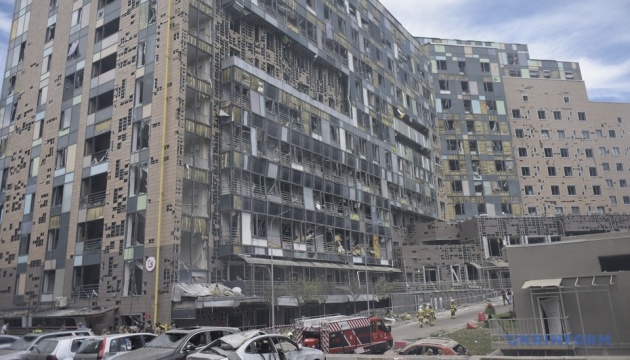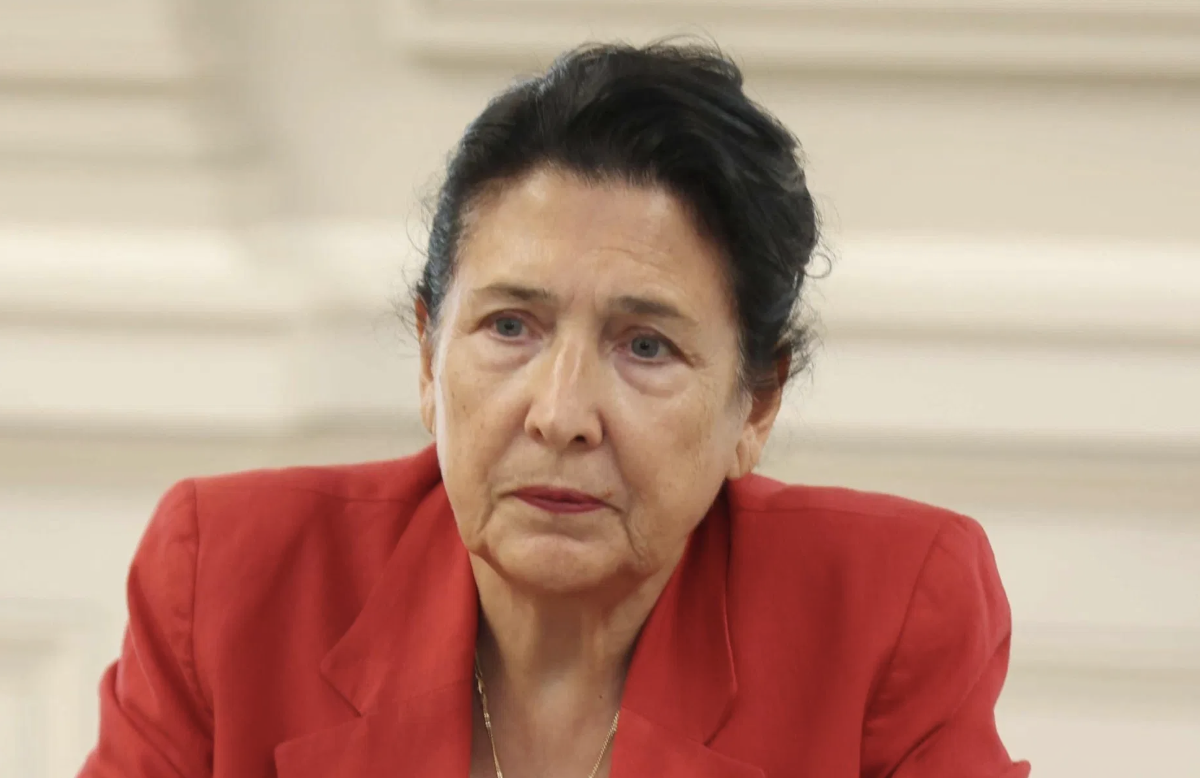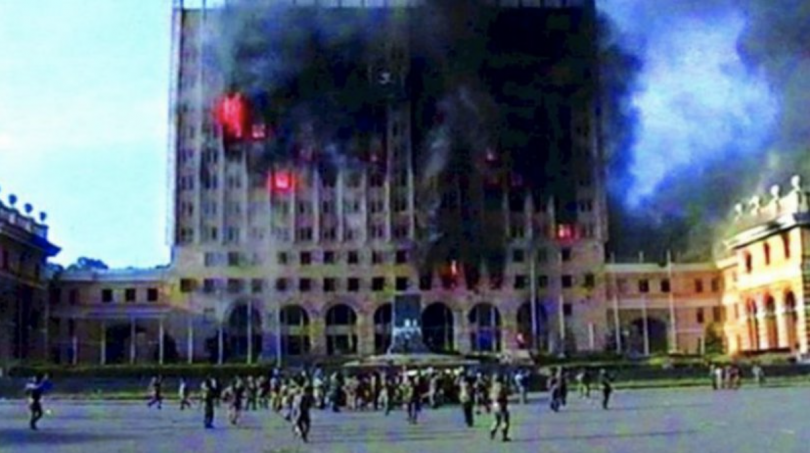
CAR experts reveal new details about Kh-101 missile used by Russians to hit Okhmatdyt
10.08.2024 ნახვები: 317
This is stated in a published CAR study, Ukrinform reports.
CAR's analysis, based on a physical examination of traces on the wreckage, indicates that the Kh-101 missile that hit the Ohmatdyt was manufactured at most three months before the attack, and possibly even eight days before. Such a short period of time between the production and use of Kh-101 missiles is part of a trend that CAR first noticed in December 2022.
For example, the researchers documented parts of the rocket engine (including the motor) and the tail section of the Kh-101 missile. On the tail section of the rocket, they documented parts of a 13-digit production number (31526379XXXXX). This format is consistent with the markings CAR has documented on 11 other Russian Kh-101 missiles in Ukraine since the start of the full-scale invasion. Consistent with its tracking methodology, CAR has obscured the last five digits that would have uniquely identified the missile.
The first three digits (315) of the production number are common to all Russian Kh-101 missiles that CAR has recorded in Ukraine, as are the next three digits (263). CAR stated that it has information on two variants of the latter marking, but that "263" is on all recently manufactured missiles.
The numbers "7" and "9" indicate that the missile was manufactured in the second quarter of 2024 (between 1 April and 30 June 2024), according to CAR's previously published methodology.
Read also: Reconstruction of Okhmatdyt: Ministry of Health cancelled related tenders for UAH 14.5MGiven that the strike on the children's hospital took place on 8 July, this finding confirms that the missile was manufactured weeks or possibly days before the attack.
The Russian Kh-101 air-to-surface cruise missile, the latest generation model, was adopted by Russia in 2013.
As reported by Ukrinform, on 8 July, Russia launched a missile attack on the Kyiv children's hospital Okhmatdyt, where children from all over Ukraine are treated.

























